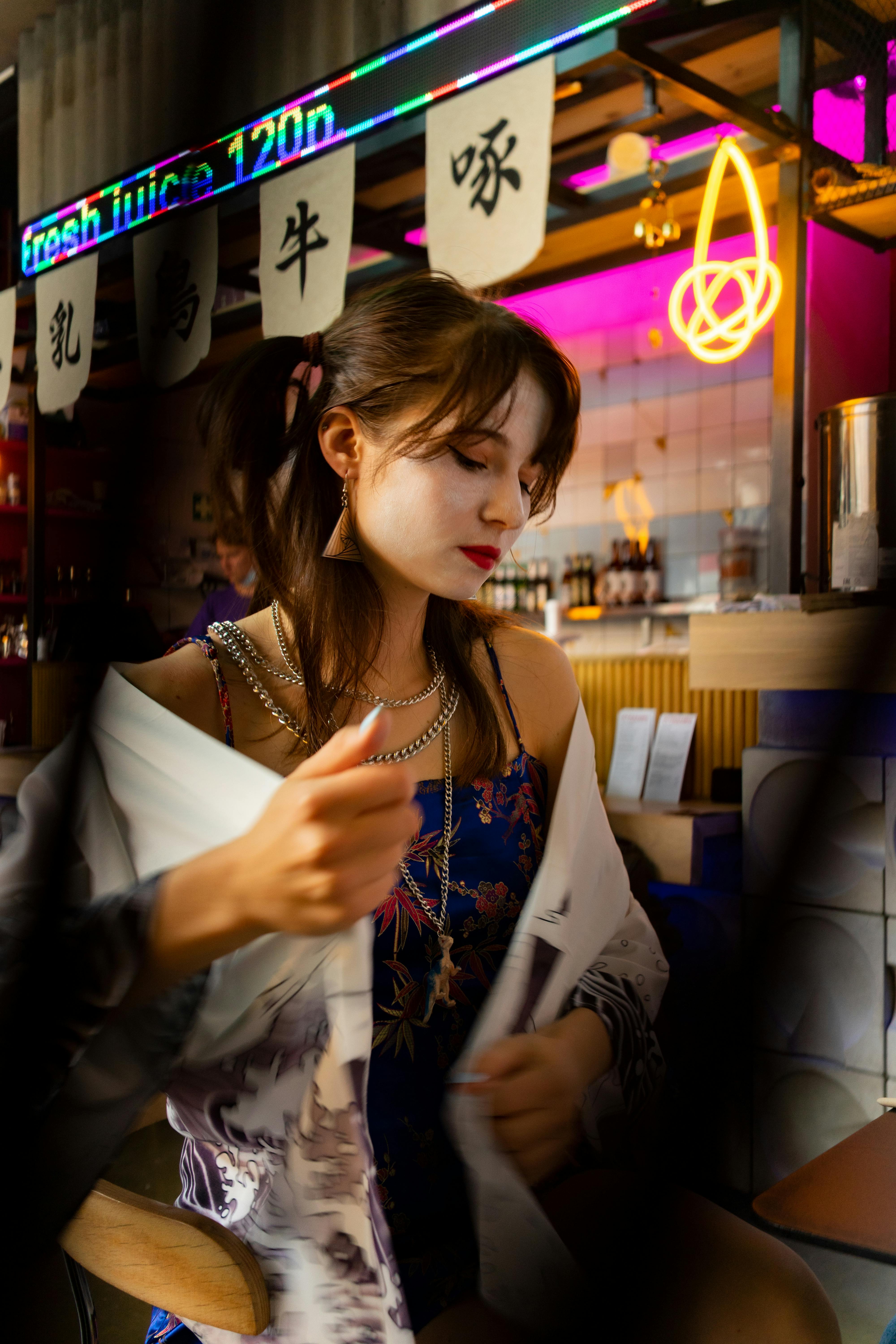Indian wedding ceremonies are wealthy and mixed, with many pre-wedding rituals leading up to the big moment. These occasions typically include Haldi, where the groom’s family does apply a turmeric paste to purify the couple; Mehndi, where women come together to have elaborate patterns coated on their hands and feet; and Sangeet, when family and friends join in tune and flow in special event of the wedding couple. These fun lead to the Baraat, the place that the groom arrives at the bride’s home or venue within a grand retraite on his horse, car, or elephant (or, more often nowadays, a bus). Often the bride’s uncle(s) or most well-known male relatives carry her before giving her apart during the Kanya Dhaan ceremony, using members of the bridal party next behind to produce an impressive screen of love and affection with regard to their beloved little princess.
When the groom is normally formally welcome by his future in-laws, the commemoration continues having a ring exchange and Mangalsutra (or, more commonly, a rare metal chain) tieing. The clergyman then shouts mantras simply because the few exchange rings and promise to support each other and cherish the other person forever. The past step on the ceremony is a Saptapadi, where couple indian girls takes seven steps with each other (each step representing a vow). The bride and groom take changes stepping onward as the priest provides blessings just for food, success, happiness, children, harmony, and a friendly relationship.
When the couple is certainly ready to enter their new residence, they are sprayed with salt water to ward off evil, and then the bride-to-be dips her feet within a mixture of milk and vermillion, departing red footprints on the floor to summon the Hindu goddess of splendor, fortune, and love, Lakshmi. She also leg techinques a marijuana of rice, symbolizing male fertility and posterity. Finally, the bride’s sibling puts sindoor on her forehead and hair separating to make her as a married woman.

Therefore, as a last ceremonial midst before the marriage is finished, the bride’s mother terme conseillé a coconut outside her front door to wish the newlyweds all the best in their lives together. Afterward, the bride and groom walk down the portico, adorned with flowers and surrounded by themselves. The parents and other elderly family bestow the blessings after the new few, hoping they are going to live a happy, effective, and happy life at the same time. The bridegroom then ties the Mangalsutra around his wife’s fretboard to represent their union as husband and wife, and the commemoration is finished while using the priest reciting blessings over them. With that, the commemoration is accomplish and the https://www.healthline.com/health/long-distance-relationships couple can start their new life!
